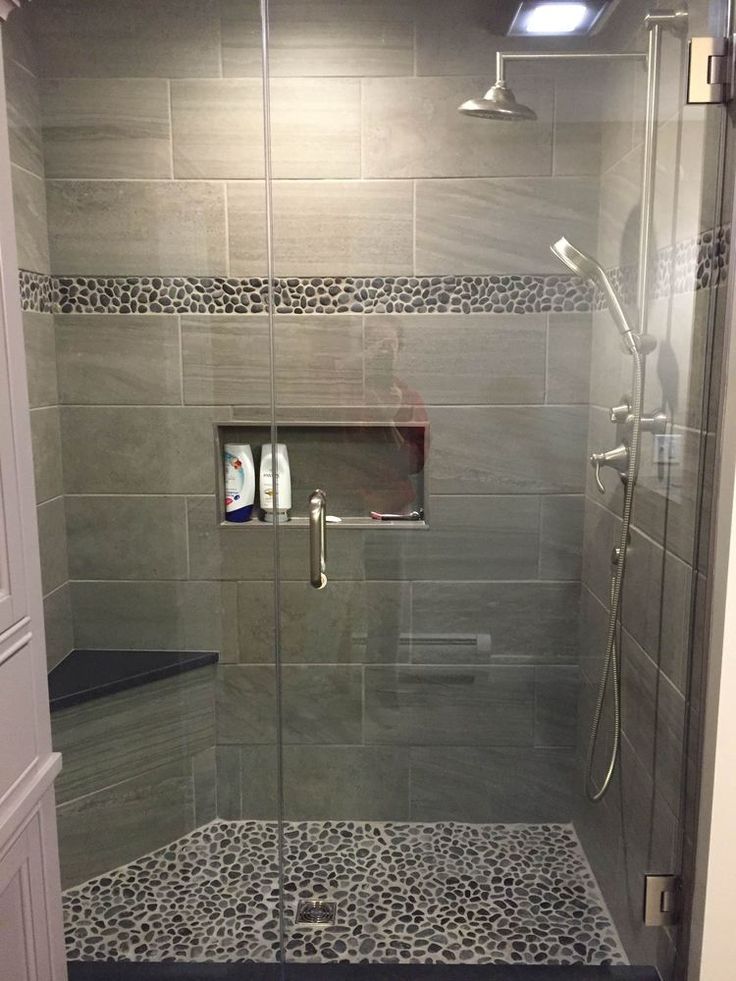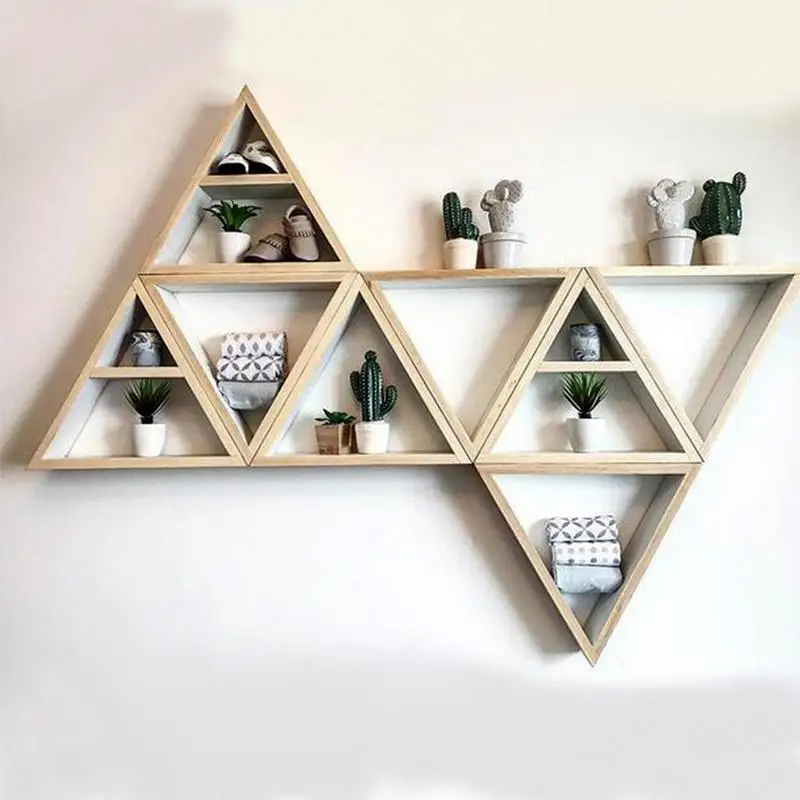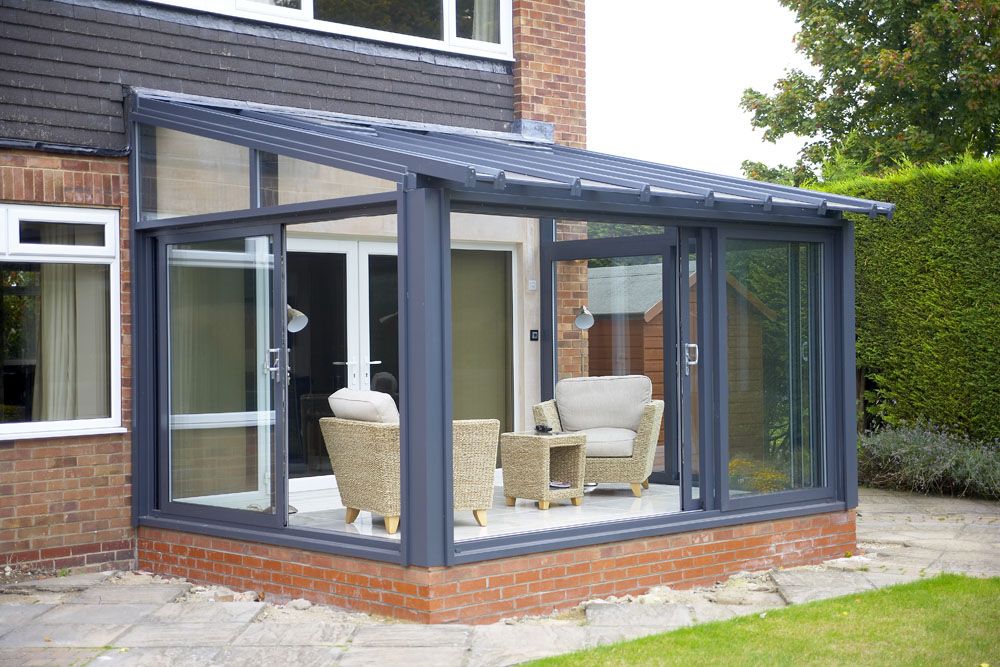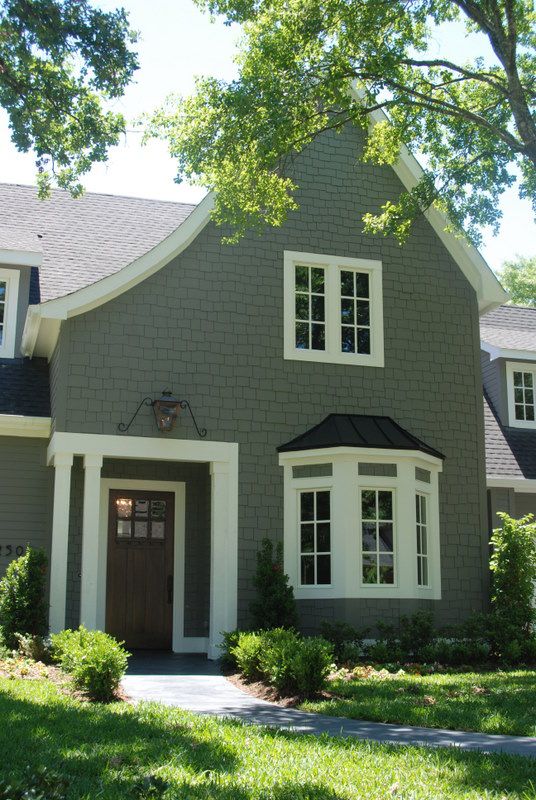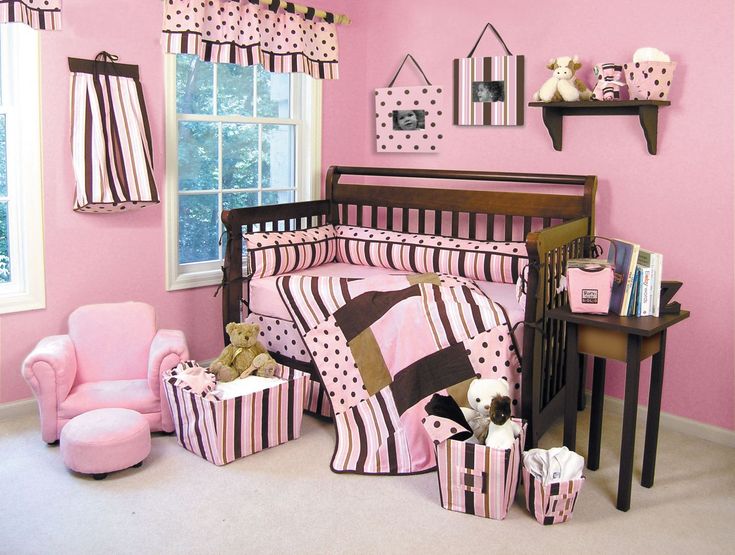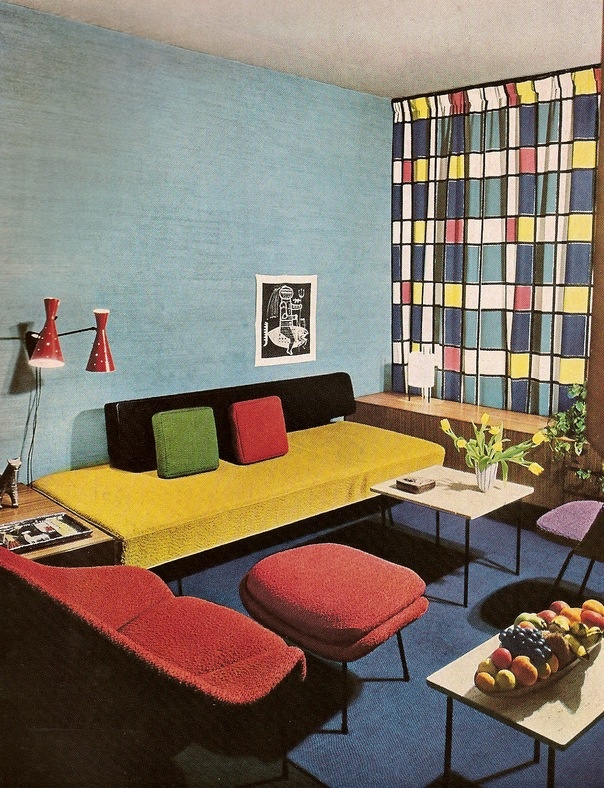Best bathroom shower tile
4 Best Tiles for Shower Walls
When it comes to choosing the right material for the shower walls, homeowners easily get overwhelmed with the many options to choose from. But aesthetics aside, it’s important to consider that the material should be durable enough to withstand the moisture in the bathroom. This makes tiles the best pick but even then, there are still a few types of tiles to pick from.
So what’s the best type of tiles to install in the shower walls? The most popular choices for shower walls are glazed ceramic, glazed porcelain, natural stone, and glass. Homeowners should consider the bathroom’s style, cleaning and maintenance, durability, grout, and tile size when finalizing the material for their shower walls.
4 Best Options for Your Shower Walls at Home
Regardless of the area in the house, tiles almost always make for a great flooring option. They’re durable and low-cost, which makes them attractive for many homeowners who build or remodel their dream homes. Tiles are such a popular option that their market size in 2019 was valued at $346.4 billion.
What makes tiles a great pick for bathrooms and other parts of the house is their durable and rigid characteristics. They’re better than wood products, such as laminate or hardwood because of their moisture resistance. They’re also usually made with environment-friendly materials while still meeting the high manufacturing standards.
Tiles are just as excellent walling materials as they are as flooring. If you’re undecided about which kind of tiles to pick for the bathroom, here are some of the best options to choose from:
1. Glazed Ceramic
Glazed ceramic tiles are typically used for bathroom flooring, which makes them an excellent choice for the shower walls too. It’s a safe choice when you’re looking for resilient yet economical materials for the bathroom.
Appearance
Ceramic tiles come in an array of different colors and designs that easily match the style of the bathroom.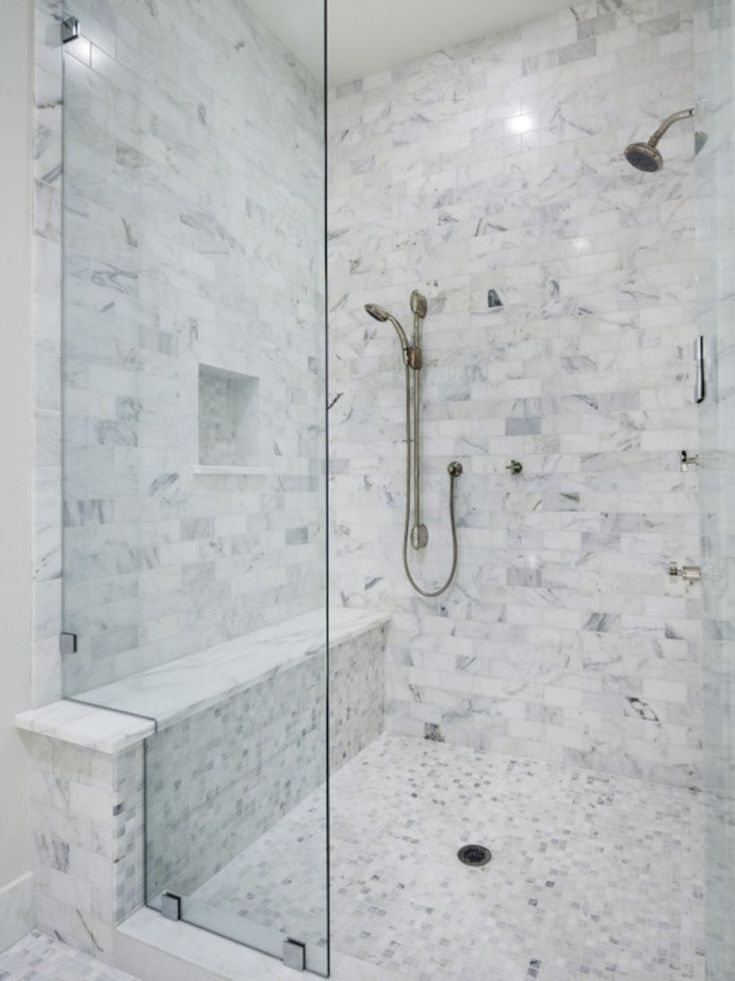 Simple designs are a lot more affordable, but ceramic tiles also come in elaborate styles for the right price.
Simple designs are a lot more affordable, but ceramic tiles also come in elaborate styles for the right price.
The glaze on the surface of the ceramic tiles serves two purposes. First, it keeps the moisture out, which is exactly what’s needed in a walling material for the shower. The second one is that the glaze makes the ceramic tile extremely low maintenance. It reduces the number of scratches visible on the surface. It also seals the porous parts of the tile that might become home to mold and mildew.
Cost
The average price range for ceramic tiles is $2.50 to $3.50 per square foot, but it’s possible to find one that costs around $0.45. Just make sure to get the materials from a trusted source to ensure that you’re getting what you paid for.
The installation costs for ceramic tiles and other materials involved in the process are computed exclusively.
2. Glazed Porcelain
Ceramic and porcelain tiles are often confused with each other. They’re both made of clay, but porcelain tiles are fired at higher temperatures.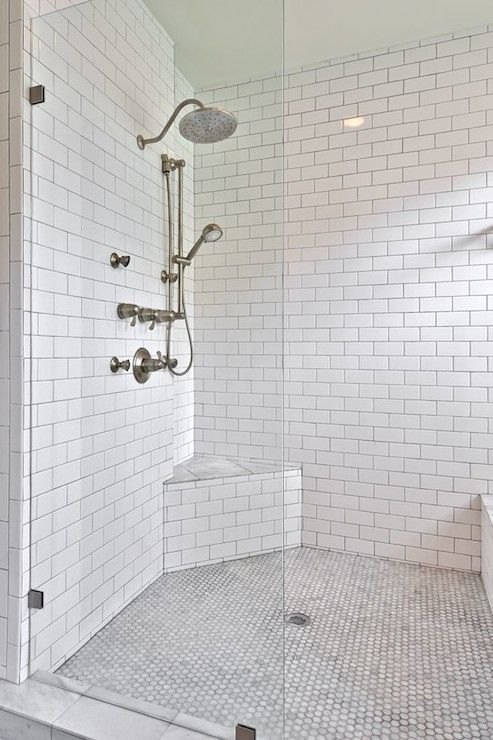 This makes the material better than ceramic in a lot of ways – from durability and water absorption rate to color change and chipping resistance.
This makes the material better than ceramic in a lot of ways – from durability and water absorption rate to color change and chipping resistance.
Another advantage that glazed porcelain tiles have over ceramic tiles is their density. This allows the material to retain more heat, making it perfect for steam showers.
Appearance
Like glazed ceramic tiles, porcelain tiles also come in a variety of colors, patterns, shapes, and sizes. They also don’t chip as easily as glazed ceramic tiles. The glaze on both materials serves the same two purposes too.
Cost
Since glazed porcelain tiles are a lot better than glazed ceramic in several ways, they tend to be more expensive too. The price of glazed porcelain tiles is around $3 to $35 per square foot, excluding the labor costs for the contractor or the additional costs for other materials if you choose to install them by yourself.
3. Natural Stone
Natural stone is another popular option for bathroom tiles because it looks great on shower spaces. While they’re almost as hard and durable as porcelain or ceramic, natural rocks are much more porous than the other options. This means that natural rock walls in the shower need extensive care and maintenance.
While they’re almost as hard and durable as porcelain or ceramic, natural rocks are much more porous than the other options. This means that natural rock walls in the shower need extensive care and maintenance.
Appearance
Natural stone has a unique beauty that attracts many homeowners. It’s a high-end tile choice that people would love to have in their bathrooms. There are several stone styles commonly installed in bathrooms, such as limestone, granite, slate, marble, and travertine.
Rocks don’t offer the same range of styles, colors, and designs as glazed ceramic or porcelain tiles, but the patterns and textures are enough to make up for it.
Cost
Aside from the material and installation costs, homeowners also need to worry about buying the right sealant for the natural stone’s porous surface. This prevents them from incurring more costs when trying to repair the damages or replacing the material in the future.
4. Glass
Glass tiles are also another option to consider when revamping the bathroom.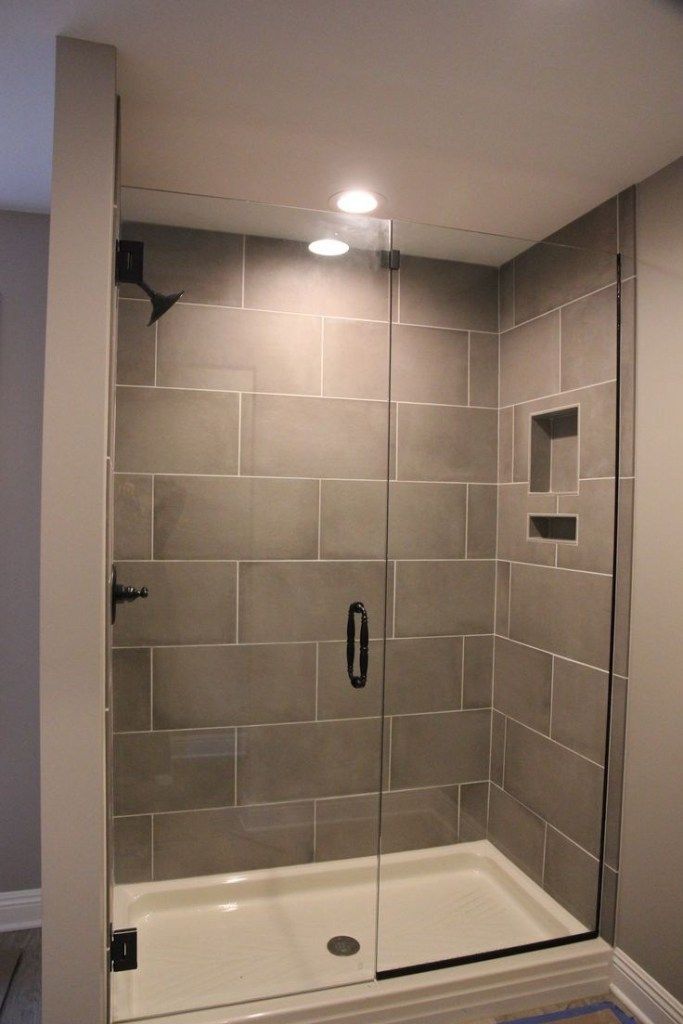 It has almost the same level of durability and water resistance as other options in this list, but what makes it stand out is its unique transparent look. Glass tiles are also easy to maintain – just grab a window cleaner to make the material sparkle again.
It has almost the same level of durability and water resistance as other options in this list, but what makes it stand out is its unique transparent look. Glass tiles are also easy to maintain – just grab a window cleaner to make the material sparkle again.
Appearance
Glass provides a modern look to any bathroom wall it’s installed in. There isn’t much choice when it comes to the appearance because glass walls are almost always transparent, save for a few translucent ones or those with little designs. Glass tiles also provide the illusion that the shower space is bigger than it actually is.
Cost
Glass tiles usually cost around $9 to $18 per square foot to install in a bathroom wall.
5 Things to Consider Before Choosing the Shower Walls
Aside from choosing the material for the shower walls, it’s also crucial to consider other factors in a bathroom remodeling project. Here are some other factors to take into account when picking the material for the bathroom walls:
1.
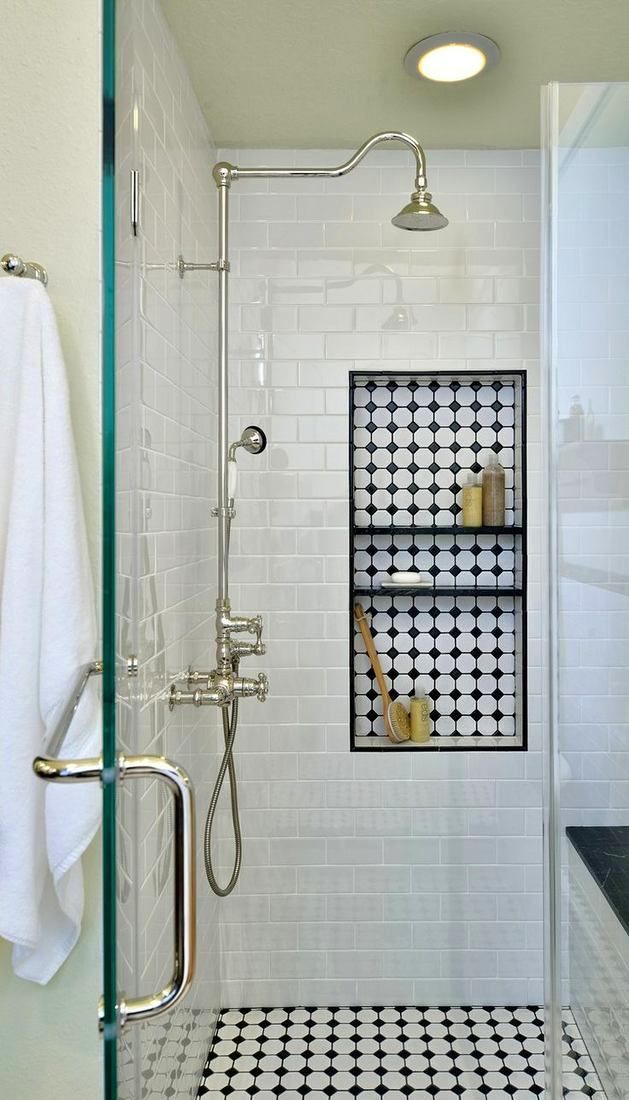 Style of the Bathroom
Style of the BathroomBrowsing through hundreds of tile options might seem interesting and exciting, but it might be a huge waste of time if the tiles don’t look good in the bathroom. It’s easy to replace a rug that doesn’t match the bathroom’s aesthetic, but the shower walls are a completely different issue.
It’s important to always think ahead and consider any renovation plans before installing traditional tiles. Removing vinyl and linoleum from the bathroom walls is a lot cheaper and easier than hiring a team to crack the tiles when revamping the bathroom.
2. Cleaning and Maintenance
People love taking hot showers, but not all bathrooms are built for them. Without proper ventilation, the steam causes different sorts of problems for the bathroom, such as mold or mildew.
When choosing a material for the bathroom walls, think about how much time you’re willing to give up for cleaning and maintaining them. Ceramic and porcelain tiles are easily cleaned with a clean rug, but they need replacement or sealant when they’re cracked to avoid further damage.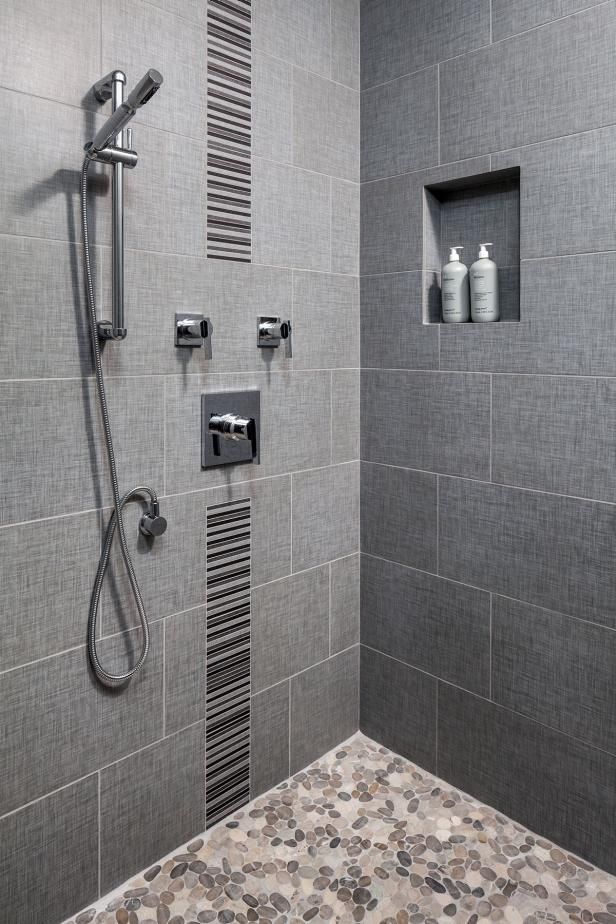
3. Durability
Like many other materials installed in a house, homeowners must also consider the durability of the tiles in their bathroom. Some materials like glazed porcelain might be expensive at first, but they’re guaranteed to last longer than other cheaper alternatives in the market.
It’s crucial to find the right flooring option that’s easy to install but isn’t brittle enough to only last for a couple of years. Unless you plan to remodel the bathroom in a few years, it’s better to invest in slightly expensive materials that last for decades.
4. Grout
Grout isn’t the first thing that comes to anyone’s mind when choosing a tile option for their bathroom walls. However, it’s important to consider the tile grout because it’s crucial for maintenance. Grout lines are essential to tile installation but they’re also home to grime, mold, soap scum, and mildew.
There is no universal standard for the right grout line size. Just remember that wider ones make the installation job look good, but they also require regular cleaning and maintenance.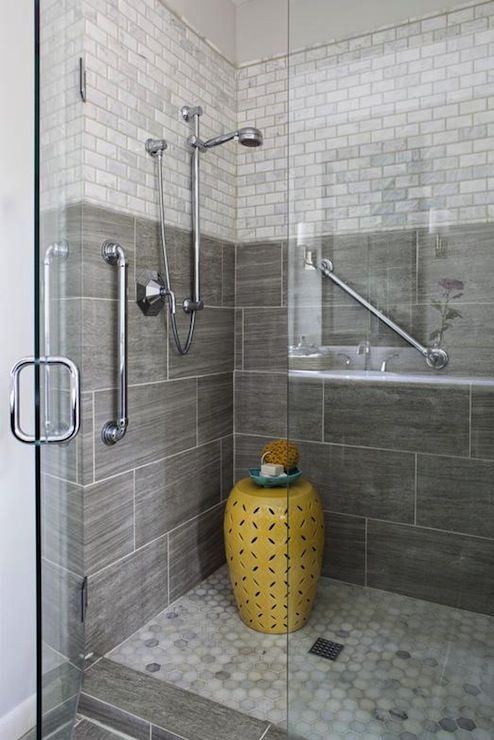
5. Tile Size
The tile size depends on the size of the bathroom itself. The homeowner’s style preference and budget also contribute to the final decision. If you’re undecided about the right tile size, it always helps to check out the latest trends in home projects.
Large tiles make the room feel bigger, but they’re difficult to install especially on walls. Smaller tiles give a streamlined appearance for the bathroom, but they need more grouting and cutting.
Should You Hire a Professional for Installing Shower Walls?
Installing shower walls by yourself might help cut down costs at first, but not everyone has the time, patience, or skill to execute the project perfectly. There’s a myriad of problems that a person might run into once they start removing the old walls of their bathroom.
Unlike living rooms or bedrooms, bathrooms don’t give people enough space to work with. Installing the tiles on the shower walls might take weeks for an inexperienced homeowner, but professional contractors handle the job properly in just a few days.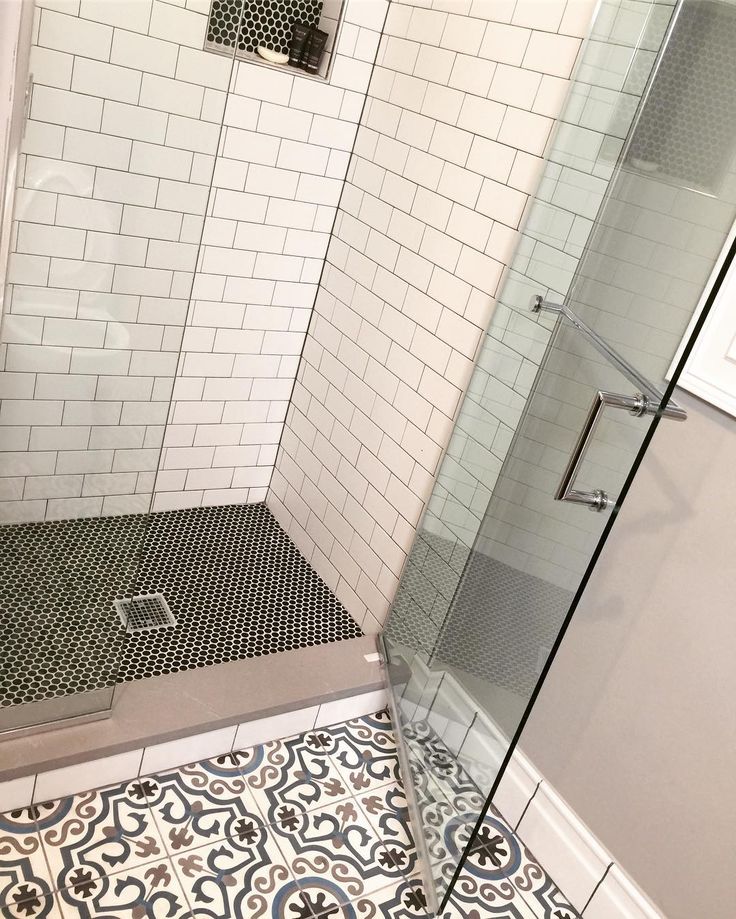
Homeowners also don’t need to worry about finding the right tools and materials needed to install the tiles because professionals already have complete equipment. With a flooring contractor, you’re guaranteed to have a gorgeous-looking bathroom within a couple of days.
Remodel Your Shower Using the Right Materials with Zothex Flooring
Zothex Flooring is a trusted source of different kinds of tiles for bathroom walls. Our installation services are performed by our experienced team using high-quality tools and materials. At Zothex Flooring, our clients trust us to guide them through the entire process of remodeling their homes. Call us at (916) 925 – 1958 now to schedule an appointment.
Learn more: Why Do Tiles Crack in the Bathroom?
20 ways to create impact and interest |
(Image credit: Leanne Ford Interiors / The Albion Bath Co / Bert & May/@thelandscapelodge / Future/Allan Callender)
If you're planning a remodel, you are likely looking for new shower tile ideas.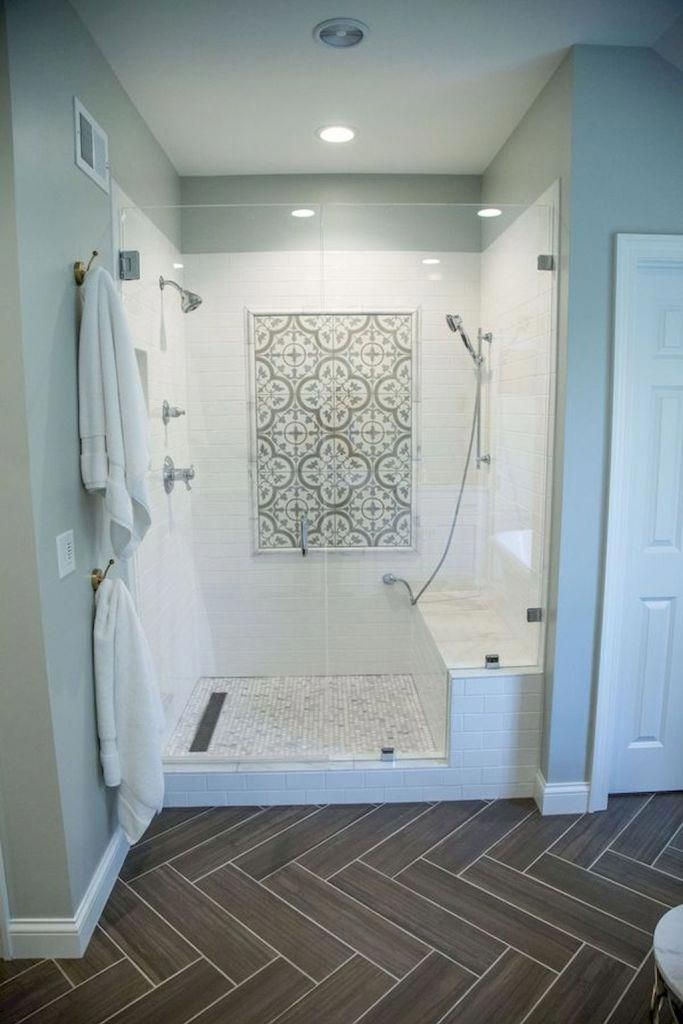 Even in the smallest of rooms, these can be transformative, creating not just the opportunity to add color and pattern, but to introduce space-enhancing visual tricks, too.
Even in the smallest of rooms, these can be transformative, creating not just the opportunity to add color and pattern, but to introduce space-enhancing visual tricks, too.
Usually we’d say the shower itself is the best place for a brainstorm, but thinking outside the cubicle and taking a look at these inspirational ideas for showers might just be the next best thing.
Both waterproof and washable, bathroom tile ideas are perfect for showers both with and without trays, and for the floors of wet rooms, too.
Aside from their practicalities, the availability of tiling in a wide array of shower-fit materials – from porcelain and glass, to ceramic and stone – as well as shapes, sizes, colors and finishes, means that the design possibilities are endless.
Shower tile ideas
Whether you’re looking to conjure contemporary cool with shower wall ideas or channel some classic elegance with marble shower floor ideas, you need good tile to turn walk-in shower ideas into practical but perfectly pretty spaces.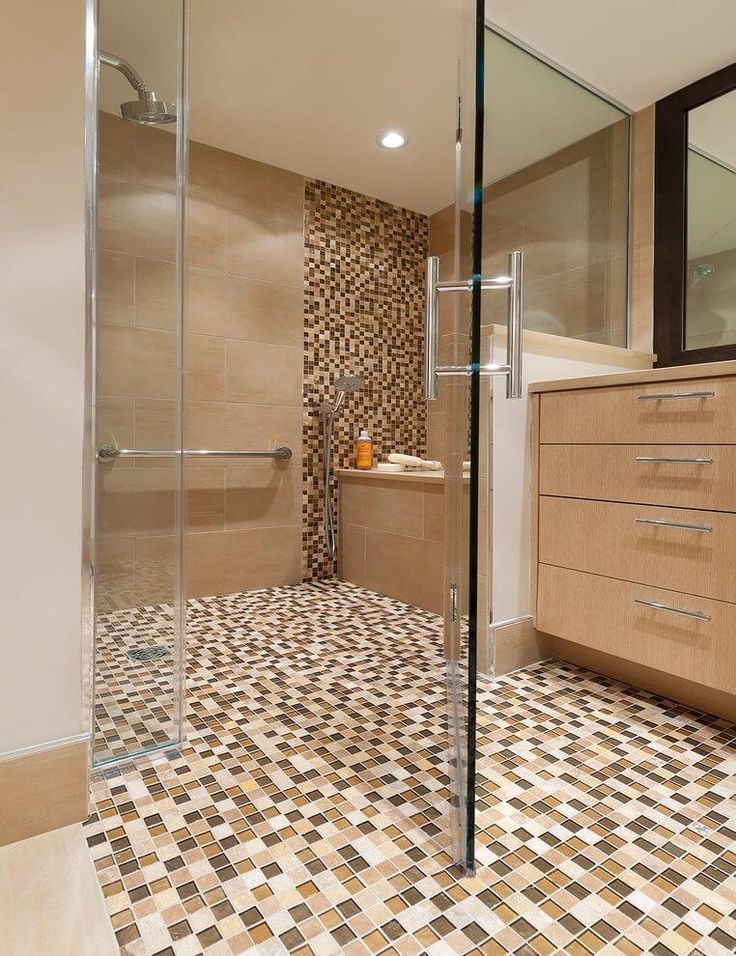 These shower tile ideas will help turn your washroom into a waterproof wonder.
These shower tile ideas will help turn your washroom into a waterproof wonder.
1. Create drama and play with proportion
(Image credit: Bert & May/@thelandscapelodge)
'Whether you are designing for walk-in shower ideas or looking for small bathroom shower tile ideas, using all the visual tricks you can will make a small bathroom look bigger,' says Lucy Searle, Editor in Chief, Homes & Gardens.
'Decorating with stripes is one way to do this; diagonal lines draw the eye upwards and outwards which can trick the eye into seeing a space as wider and taller at the same time.'
2. Rethink what shower tiles can do
(Image credit: Drummonds/Sophie Head Interiors)
If you are looking for shower tile ideas with a difference, why not embrace the latest of bathroom trends: wall mural ideas?
'Many tile brands are now designing murals with tile so that you can create a feature wall with walk-in shower tiles, as seen in this bathroom by Drummonds , or behind the bathroom basin or over the bath,' says Jennifer Ebert, Homes & Gardens' digital editor. 'Forward-thinking brands such as Wall&Deco are also designing waterproof wallpapers that can be used in a similar way in bathrooms and even wet rooms.'
'Forward-thinking brands such as Wall&Deco are also designing waterproof wallpapers that can be used in a similar way in bathrooms and even wet rooms.'
3. Go for all-over color with shower tiles
(Image credit: Drummonds)
Shower tile ideas can be used to create enormous impact if matched with wall and bathroom ceiling ideas in matching finishes. Your bathroom paint ideas can be easily color-matched to tile color, though you can choose other waterproof or water-resistant surfaces such as Tadelakt , which mimics traditional Moroccan plasterwork and can come in a range of colors. Combined with matte or low-sheen tiles, it can give even the tiniest of shower rooms incredible impact.
4. Play with tile sizes
(Image credit: Leanne Ford Interiors / The Albion Bath Co)
If you are working up a plan for bathroom shower ideas, it's likely you're designing a bathroom that has more than one function: both as a shower or wet room space and a bathing space.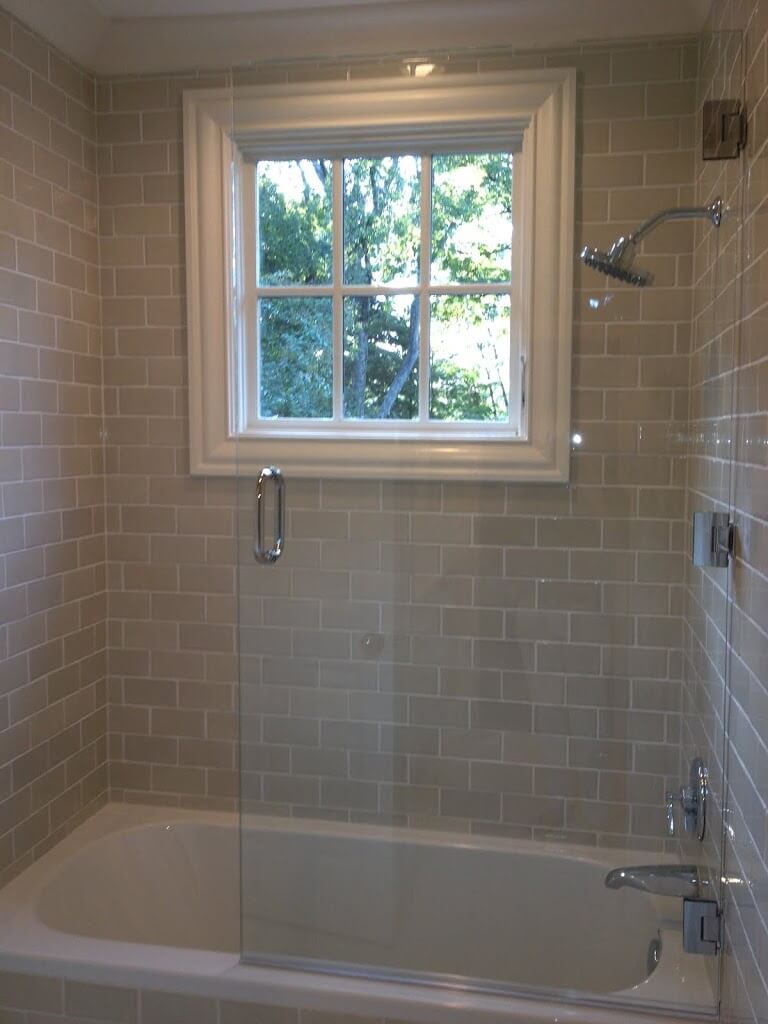
Whether it a family bathroom or a Jack and Jill bathroom, this is going to be a busy space. In this case, and with all multi-purpose rooms, it pays to keep the decor simple. However, simple does not mean plain or bland. You can use shower tile ideas to add visual interest simply by using two different tile sizes in the same color, as in the bathroom above.
(Image credit: Living with Lolo/Life Created)
Just as you might keep the walls of a living room plain but throw down a colorful rug to add visual layering, color and pattern, the same can be achieved with shower tile. This is a useful ploy in a smaller space; with plain wall tile, the room will feel calmer and spacious, while the patterned floor tile will bring character and interest.
'Note the sloped lip where the floor and wall tile join,' says Lucy Searle. 'This is a good way to ensure there are no areas in your shower where water pools, creating an opportunity for mold to grow on grouting. When you are tiling in a shower, it pays to use this technique both on the floor and in any storage niches. '
'
6. Bookmatch marble for drama
(Image credit: David Lovatti/Future)
Marble bathroom ideas can be an incredibly dramatic material to use for shower tile ideas, and bookmatching it creates extra impact and a sense of balance that's important in enhancing a small space – add it to your wet room ideas if you're looking to create a sophisticated feel.
'Natural stone, in slab, tile and mosaic forms, is a material we use often,' says Charu Gandhi, founder of interior design studio Elicyon . 'Marble instantly suggests classic elegance and something special, and it can be bookmatched to stunning effect.'
Founder of luxury interior design agency Taylor Howe s, Karen Howes adds, 'Luxurious real marble and durable, easy-to-maintain marble-effect porcelain always suggest tranquility and a connection to nature. I suggest using mosaics on the floor and larger-format tiles in the shower.'
7. Use mosaics to make the most of curves
(Image credit: Stephanie Coutas/Francis Amiand)
Mosaics allow you to create flexible shower tile ideas, and are especially useful for creating shower bench ideas that are both practical and free of sharp edges.
'There is a real trend for installing shower benches in cubicles and wet rooms now,' says H&G Editor in Chief Lucy Searle. 'Largely inspired by the need for creating spa bathrooms at home post-pandemic, they can be tiled to create an eye-catching feature.'
8. Contrast floor and wall tiles in a shower
(Image credit: CP Hart/Anna Stathaki)
To create a really impactful look, create contrast with tile layout patterns and ideas. This Art Deco style bathroom designed by Yousef Mansuri, director of design at CP Hart , includes a wet room style shower – but space isn't actually that big. So as not to detract from the room's size – and its many Deco features – the white and black chequerboard floor tiles were continued into the shower area. To contrast with the floor, the owner, who grew up in Spain, chose azure blue glazed wall tiles to remind him of the ocean; they are finished with a polished black trim for definition.
9. Pick porcelain for practicality
(Image credit: JL Design/Reagan Taylor Photography)
Porcelain tiles can be designed to mimic the look of other materials – it could be something as simple as a marble-look, or you could choose something more adventurous, such as a wood-effect.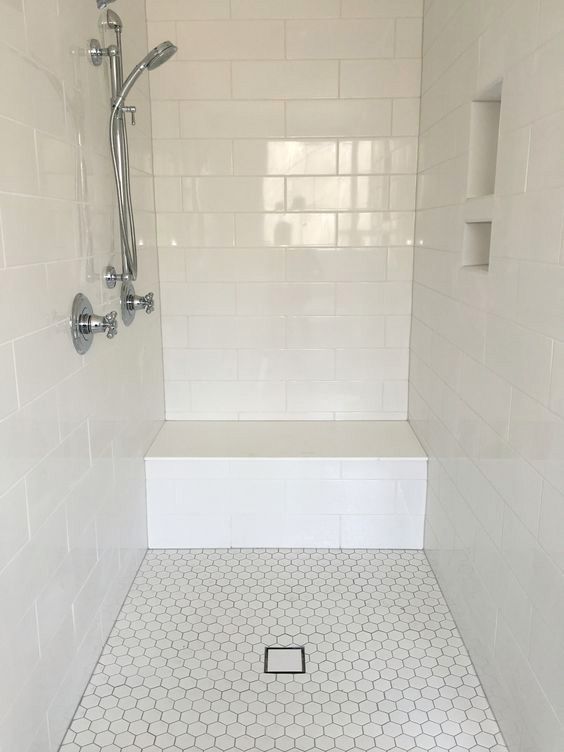 Either way, it's a versatile way to create more impactful shower room ideas without spending a fortune on natural materials.
Either way, it's a versatile way to create more impactful shower room ideas without spending a fortune on natural materials.
'A porcelain tile is a great option as shower tile ideas as they require no sealing. With any bathroom project it is also worth considering the slip resistance of the tiles – a balance of beauty and practicality should be met,' says Isabel Fernandez, Director at natural stone flooring company Quorn Stone .
10. Create a feature wall with shower tiles
(Image credit: Future / Artisan of Devizes)
If you want to create a luxurious appeal, one way to do so is to make room for a large shower area – and to draw attention to it with a feature wall of brightly patterned tiles.
'When it comes to pattern, I like to keep things simple but bold, as this creates a more contemporary look than a busy mix. Pick a genre of pattern and stick to it, combining perhaps two graphic patterns, for example, rather than mixing in a floral as well,' advises interior and textiles designer Eva Sonaike .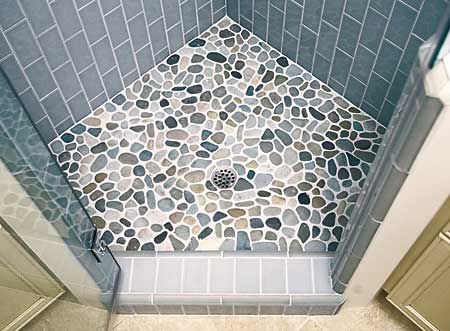
11. White marble is a timeless option
(Image credit: Future/Alicia Taylor)
'An interior design classic, marble’s cool and opulent aesthetic looks beautiful in a range of interiors, from minimal and laid-back chic to maximalist styles saturated with color,' says Lee Thornley, Founder of Bert & May .
'Until recently, marble was a luxury statement, timeless but out of reach for many interiors enthusiasts. However, smaller format tiles are now bringing this stunning material into more homes, and it has been lovely to see the beautiful natural patinas within the stone creating a unique and natural design in so many, varied settings.'
White shower tile ideas are easiest to work around, making white-gray marble a hugely popular choice that works well either as an accent or in abundance. Even when used generously over large tiles — as in the bathroom picture shown above — its effect is still relatively understated.
12. Get tonal with deep blues
(Image credit: Future/Davide Lovatti)
With its calming properties and associations with watery worlds, blue is an excellent choice for shower room tiles.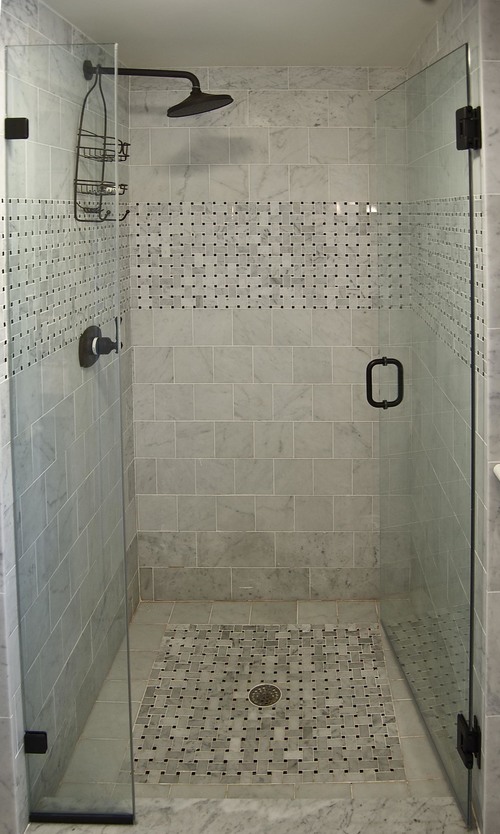
To shake off the clichés, go dark with your choice of shade, and to stop it being too domineering, embrace a little tonal range.
In the shower room shown above, square tiles in a few different tones give a sense of movement to the wall, like gently undulating waves. Pair it with pure white fittings to keep things light.
13. Keep it neutral (for now)
(Image credit: Future/Davide Lovatti)
‘The tiles in a bathroom are an important part of the room and often span both wall and floor,’ says Isabel Fernandez, Director at Quorn Stone . ‘With this in mind we find neutral colors work well for the tiles, as pops of color can be added through accessories, tap finishes and painted vanity units.’
In this room, a spectacular standalone shower cubicle is clad in white and gray marble, while the rest of the room is treated to a large multi-colored bathroom art idea on the wall.
14. Go big with patterns
(Image credit: Future/Paul Raeside)
For an invigorating start to the day, embrace pattern in your shower tiles – and don’t be afraid to use them in bulk.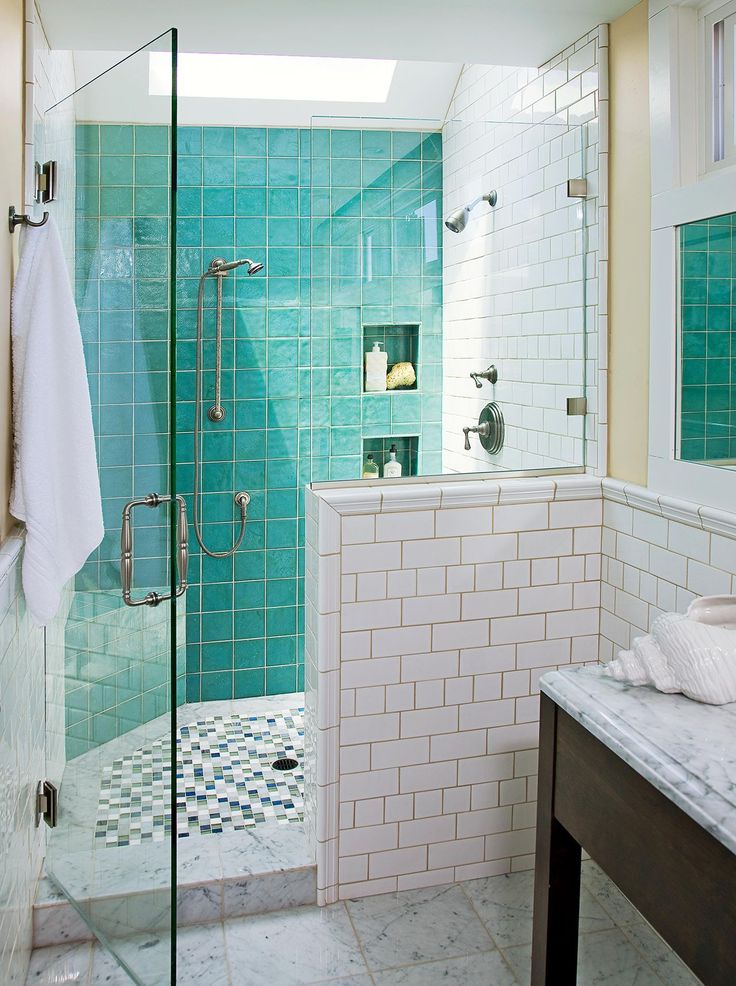 In this room, a rustic tile has been used in repetition to create an all-encompassing, Mediterranean feel.
In this room, a rustic tile has been used in repetition to create an all-encompassing, Mediterranean feel.
'We are seeing an increase in bold use of color and pattern when it comes to choosing shower tiling schemes', says Thornley.
'Where previously iterations of fairly traditional 'spa-like', pared back schemes were very popular, the shower is being increasingly seen as an opportunity to add an exciting splash of color and personality into a bathroom.'
15. Create a glamorous nook amid rustic charm
(Image credit: Future/Claudia Dulak)
The jewel-like quality of tiling means it has the capability to turn a shower nook into a glamorous getaway.
Here, a farmhouse-style design embraces natural textures and wood paneling throughout most of the room, while a partially concealed shower area is picked out in white-gray marble, adding a distinctly luxurious touch.
If the natural stone panels are slightly beyond your budget, it is now possible to get marble-effect tiles made from porcelain that are both convincing and more accessible.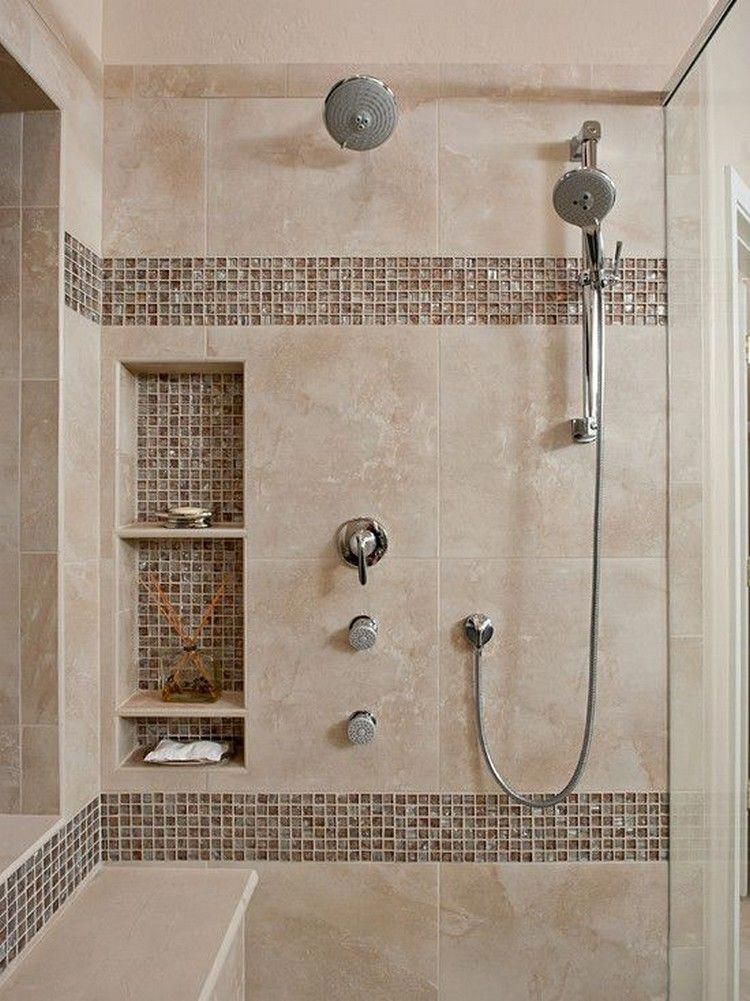
16. Subway tiles are made for monochrome looks
(Image credit: Future/James Merrell)
Subway tile ideas aren't going anywhere, and while these on-trend oblong favorites are available in pretty much every color and finish, a classic high-shine white with black grouting will bring some vintage character to a monochrome look.
A black border helps break up their wall-to-wall use in this shower tile idea while the patterned bathroom floor tile idea makes the subway tiles feel less utilitarian and more purposeful.
17. Journey under the sea with green marble
(Image credit: Future/Davide Lovati)
Of course, Calacatta-style white isn’t the only marble rippling into shower rooms these days, as the material’s sinewy natural pattern makes it a fit for wet rooms in myriad colors. The atmospheric deep sea tones of emerald green are a particularly on-trend choice.
‘Our clients are increasingly opting for the richer, darker Verde Guatemala marble we now offer as an option on many of our products and we expect this material to prove ever more popular,’ says James Lentaigne, Creative Director at Drummonds .
‘Green marble works extremely well with brassware and accessories in warm brass tones or dark antique finishes, helping to create a refined, luxurious look.’
(Image credit: Future/Allan Callender)
Shower tiling doesn’t have to be confined to a cubicle. If you’re looking for a practical backsplash to a standalone bathtub and shower head, use tiles to turn an awkward wall space into a work of art.
In the bathroom wall idea shown above, just part of the wall has been filled with patterned tiles to create a deliberate feature, framed like a picture with wall paint. Tiling just a small — but carefully chosen — area is great for using more expensive tiles to make an impact without breaking the budget.
19. Get geometric with your marble
(Image credit: Future/Darren Cheung)
Large panels of marble allow full appreciation of the material’s natural motif, but using it in small amounts lends focus to the details. In this shower, the stone’s irregular layers are contrasted with the strong geometric lines of a patterned tessellation, which is both instantly impactful and endlessly entrancing.
20. Bring the whole room together with all-out tiling
(Image credit: Future/Jonathan Gooch)
For rooms with more open-plan shower areas, tiles can be used to either zone an area, or encourage a boundary-less feel.
In this wet room, wall tiles run out of the shower space and across the bath to tie this area together. The floor tiles continue across the whole room, reassuring all users that their soggy feet won’t do damage wherever they tread.
What is the best tile for a shower?
If you're wondering how to tile a bathroom wall, or which materials are best to use, porcelain, glass, stone and ceramic all work really well in a shower space.
But regardless of what material you choose, Thornley warns you should understand it fully before getting started, as there are costly mistakes to avoid when buying tiles.
‘One of the most important things for shower tiling is to make sure that you know what kind of tile you are using, and to ensure that you install it correctly.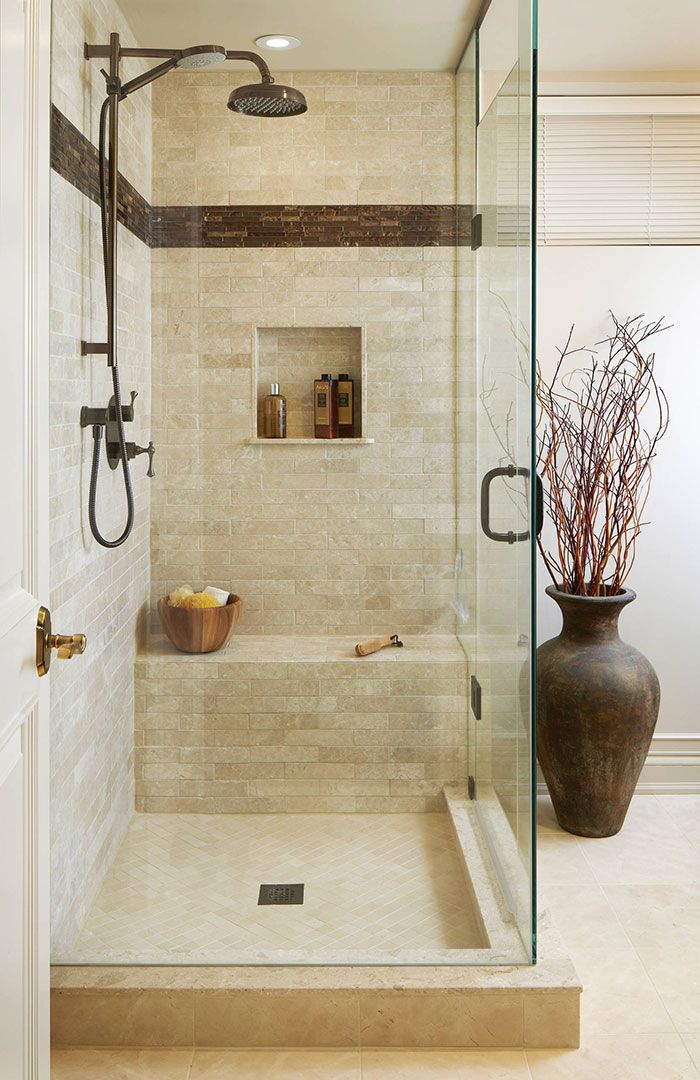 Different materials need different treatment, it will not only make a huge difference to the longevity of your bathroom, but also to the finished look if you get it wrong.’
Different materials need different treatment, it will not only make a huge difference to the longevity of your bathroom, but also to the finished look if you get it wrong.’
What is the best size tile for a shower?
There is no hard and fast rule for the best tile size for a shower, though you will see advice that says smaller rooms require a smaller tile so that it feels in proportion to the space. While this can work, it doesn't play to the visual tricks you can create with tile to make your space feel larger and more characterful. In fact, using a large-scale tile in a small shower room can make it feel larger than small-scale tile, which will have more grout lines, creating a visually busier (and therefore smaller) space.
What is the easiest tile to keep clean in a shower?
For Fernandez, porcelain is the way to go for a low-maintenance result.
‘They are a great option for bathroom spaces as they require no sealing and most bathroom cleaners can be used to keep them looking their best,’ she says. ‘A porcelain tile can also be used in conjunction with epoxy resin grout which ensures the grout lines remain free from discoloration and any dreaded black mould.’
‘A porcelain tile can also be used in conjunction with epoxy resin grout which ensures the grout lines remain free from discoloration and any dreaded black mould.’
Ailis started out at British GQ, where a month of work experience turned into 18 months of working on all sorts of projects, writing about everything from motorsport to interiors, and helping to put together the GQ Food & Drink Awards. She then spent three years at the London Evening Standard, covering restaurants and bars. After a period of freelancing, writing about food, drink and homes for publications including Conde Nast Traveller, Luxury London and Departures, she started at Homes & Gardens as a Digital Writer, allowing her to fully indulge her love of good interior design. She is now a fully fledged food PR but still writes for Homes & Gardens as a contributing editor.
How to choose bathroom tiles
The choice of tiles in the bathroom is quite an important event in the renovation process. Choosing a tile on your own is not an easy task, because you need to meet many conditions so that the finished version will please you not only with its beauty, but also with its practicality and durability. Before going to the hardware store, decide what you want, what color you will not get bored in a few years, what material is more pleasant for you. We will cover all these questions in this article. nine0003
Choosing a tile on your own is not an easy task, because you need to meet many conditions so that the finished version will please you not only with its beauty, but also with its practicality and durability. Before going to the hardware store, decide what you want, what color you will not get bored in a few years, what material is more pleasant for you. We will cover all these questions in this article. nine0003
Consider several criteria for selecting tiles:
Material
-
Ceramic . Generally one of the least expensive options. Ceramic tiles are ideal for bathrooms as ceramic is moisture resistant. It is easy to install and maintain.
-
Glass tiles . Glass is slightly more expensive than ceramics, while not inferior in its properties. It can be used as a single facing material, or together with ceramics. nine0003
-
Stone tiles. If you want a more natural feel, choose stone tiles, but be aware that most stone tiles are not waterproof and must be well sealed to last.
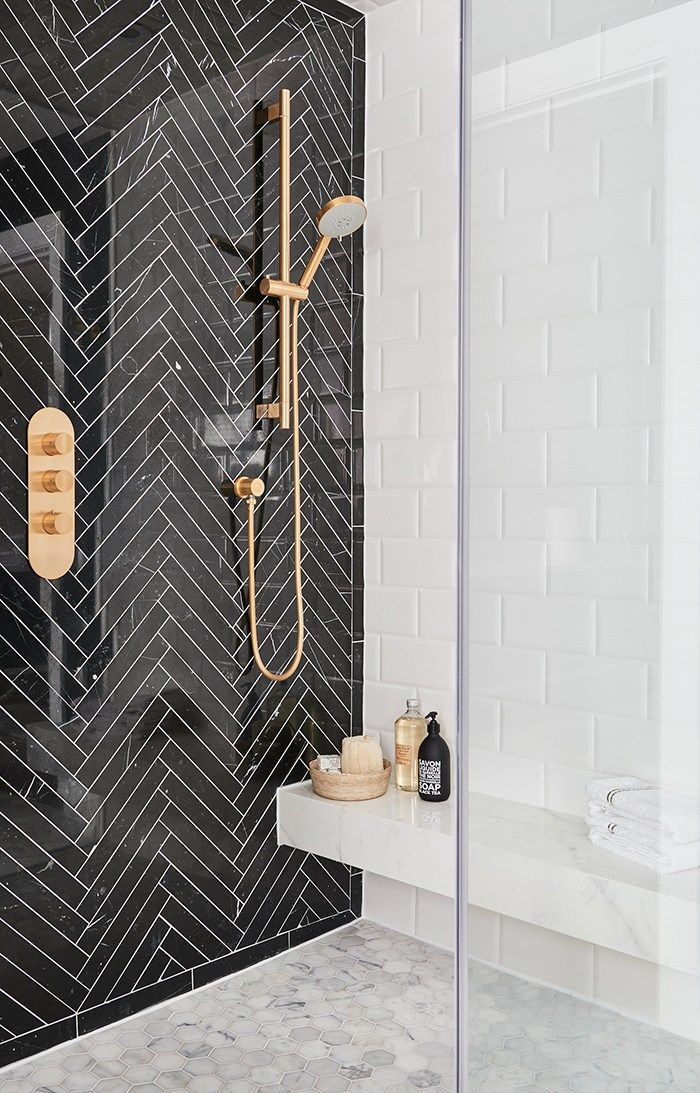 Stone tile is one of the more expensive options, marble tile adds luxury to a space but is also high maintenance as it can easily crack, stain and scratch. nine0003
Stone tile is one of the more expensive options, marble tile adds luxury to a space but is also high maintenance as it can easily crack, stain and scratch. nine0003 -
Porcelain tile. Also an expensive option, but generally provides trouble-free performance, making porcelain tile one of the most popular options on the market today. Due to its dense and hard surface, it absorbs very little water, making it ideal for bathroom flooring. However, the installation is not the easiest, so leave it to the professionals.
nine0016
Quality data
The edges of individual elements must be even. When applying two tiles to each other, the gap between them should be no more than 0.5 mm.
The texture of the tile should not have extraneous inclusions, streaks, stains and other visible defects. The corrugated surface will provide good adhesion to the wall, without any bulges and deflections. Otherwise, it can easily crack. nine0003
Be sure to check the floor tiles for slips.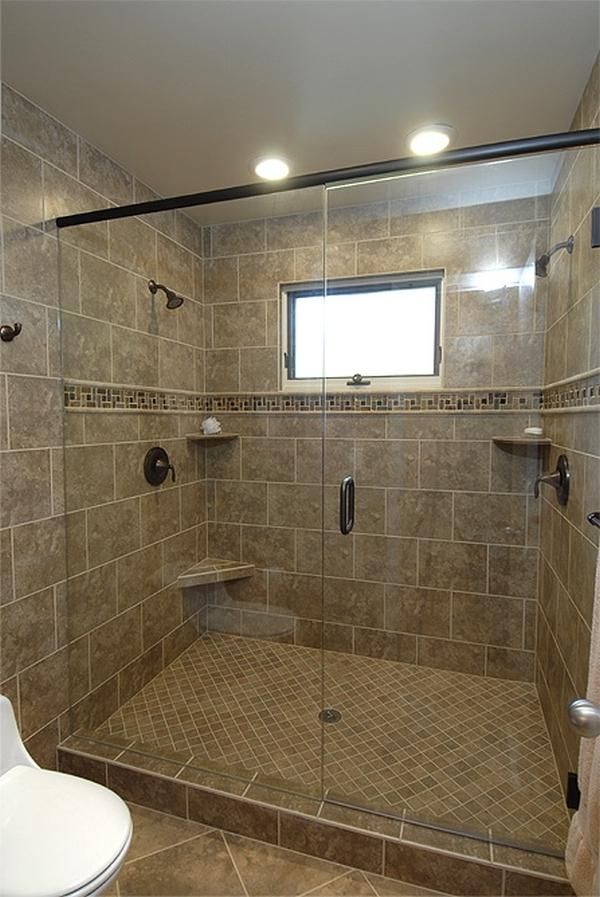 It is very simple to do this, you just need to wet the tile itself, and evaluate with your finger how easily it slides over the surface. If this can be done easily, then the tile will not work, as it is not safe for laying on the floor.
It is very simple to do this, you just need to wet the tile itself, and evaluate with your finger how easily it slides over the surface. If this can be done easily, then the tile will not work, as it is not safe for laying on the floor.
The packaging contains special designations that determine the quality characteristics of the selected tile set, for example:
- nine0002 The palm icon means that the tile is suitable only for covering walls, the foot icon means that the tile is for flooring, it is more dense and durable.
-
Chemicals are often used in the bathroom. The flask icon on the package indicates the resistance of the tile to these substances, and the letters ABCD determine the degree of resistance, where A is the highest.
-
When choosing a facing material for the bathroom, it is worth taking the material that is most resistant to chemicals, it is marked with double letters AA. nine0003
-
Small squares mean that tiles may vary in shade from batch to batch.
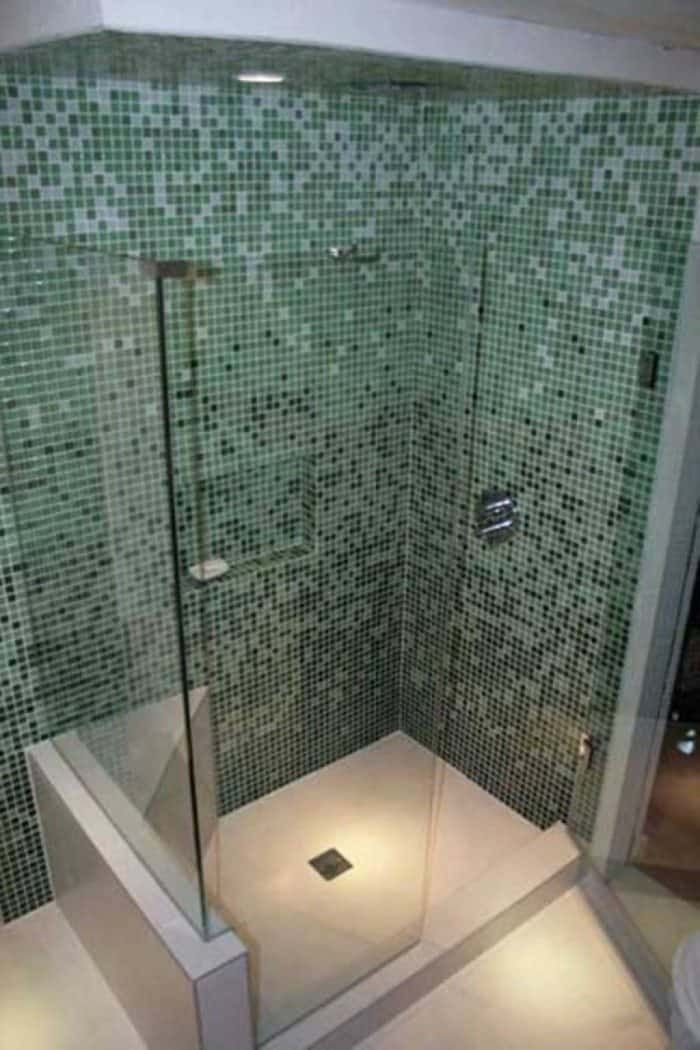
-
The image of one character twice means an increased severity of this property of the tile.
-
The degree of wear resistance is marked with Roman numerals. Class I - the lowest degree, products above class III are recommended to be laid in public areas, but since there is no such load in the house, it is not worth overpaying for class III tiles. The maximum wear resistance class is V. nine0003
-
The package also indicates the thickness of the tiles: from 6 mm to 12 mm.
There is a possibility that there are products of inadequate quality in the packages of ceramic tiles, and in order to roughly understand the percentage, there are international standards that divide ceramic products into grades. There are 3 of them in total. They differ in colors and each indicates the permissible percentage of rejects, for example, for tiles of the first grade (red), the permissible threshold is 5% per 1 m2 of finish, for the second (blue) - 5% per 2 m.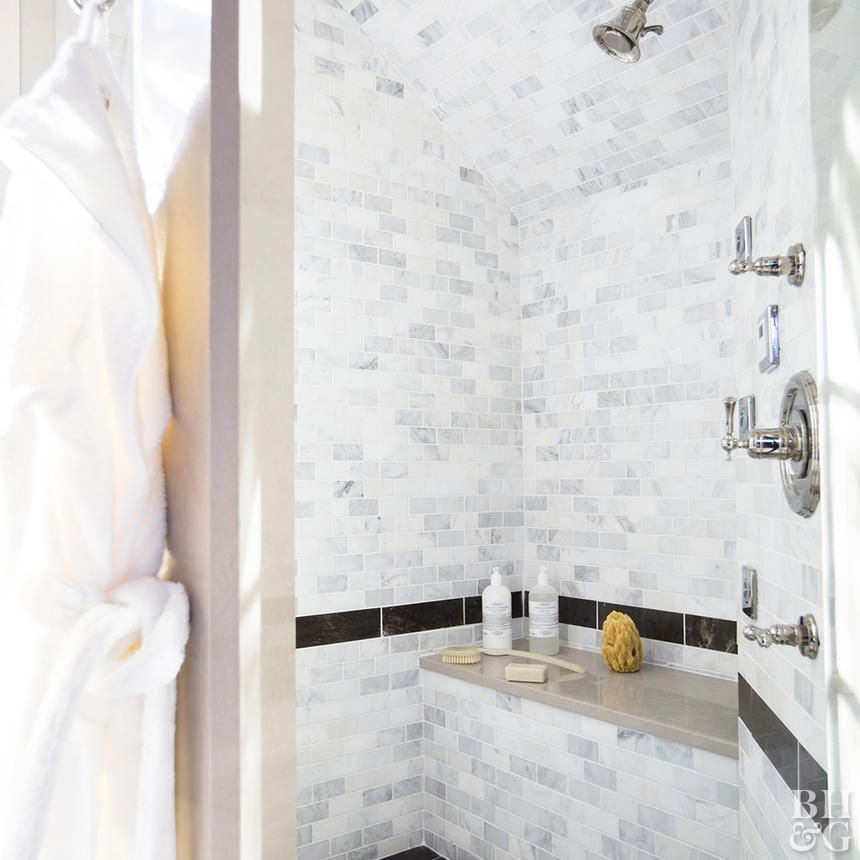 Third grade (green ) is not of good quality: the percentage of defective products may exceed 5%. nine0003
Third grade (green ) is not of good quality: the percentage of defective products may exceed 5%. nine0003
Tile dimensions
There is no perfect tile size, each bathroom will fit a different size. But you can follow the general recommendations. For example, facing tiles are better to choose a large size, but within reasonable limits. Imagine, a 90 cm tile in a 150 cm wide bathroom is not quite the right size. And in this case, it will not work to make a neatly hidden hatch, since it must be under a full tile, and with a huge tile it will be extremely problematic to do so. nine0003
For bathrooms with a small area, tiles of the following sizes are suitable:
-
45*20
-
60*30
-
50*25
-
50*20
-
60*20
Color matching
The choice of colors depends not only on your preferences, but also on what kind of effect you want to get.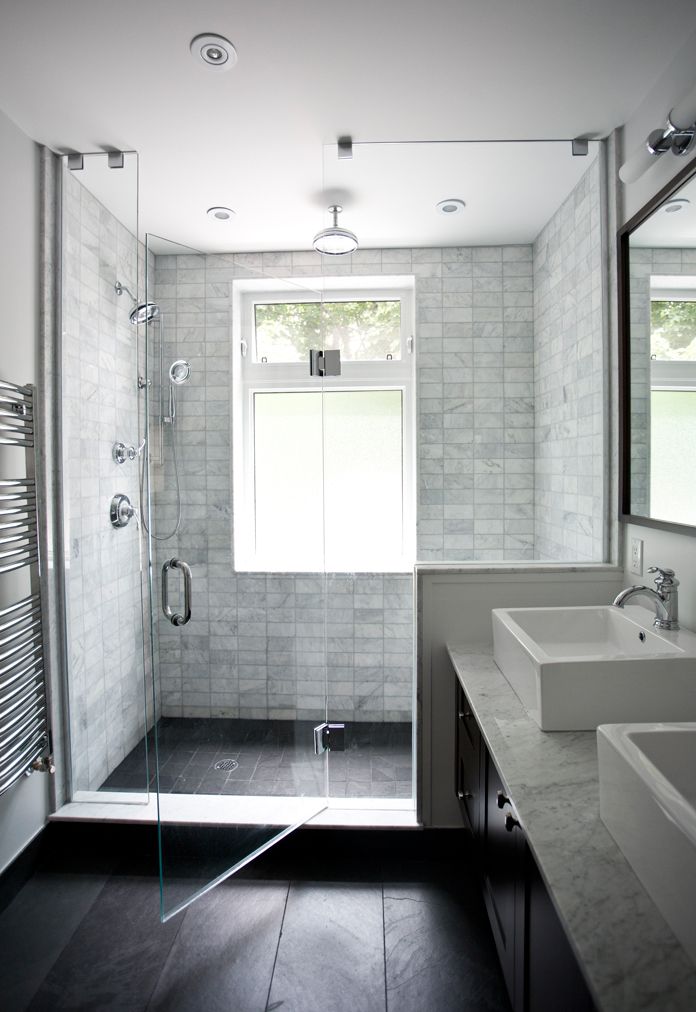 Choosing cool hues, such as blue or green, will create a feeling of cool freshness. But pay attention, with this design of the bathroom there will be a feeling of a cold and uncomfortable room, especially if the room is cool. In such cases, cream tones, as well as yellow, beige, sand shades, will help to "warm" the bathroom.
Choosing cool hues, such as blue or green, will create a feeling of cool freshness. But pay attention, with this design of the bathroom there will be a feeling of a cold and uncomfortable room, especially if the room is cool. In such cases, cream tones, as well as yellow, beige, sand shades, will help to "warm" the bathroom.
It is not difficult to visually enlarge a small bathroom: it is enough to choose light shades. To enhance the illumination, create brightness and "expand" the room will help well-placed elements of mirror tiles, which will reflect the light of the lamps. nine0003
When choosing a tile in the direction of bright colors, keep in mind that the uniformity of flashy colors gets boring very quickly, and you will want to change the tile in 1-2 years. It is better to use bright colors of tiles as additional inserts.
If you want a bathroom in white, opt for embossed materials and patterns on them, use accents and interesting bright details so that you don’t feel like a hospital.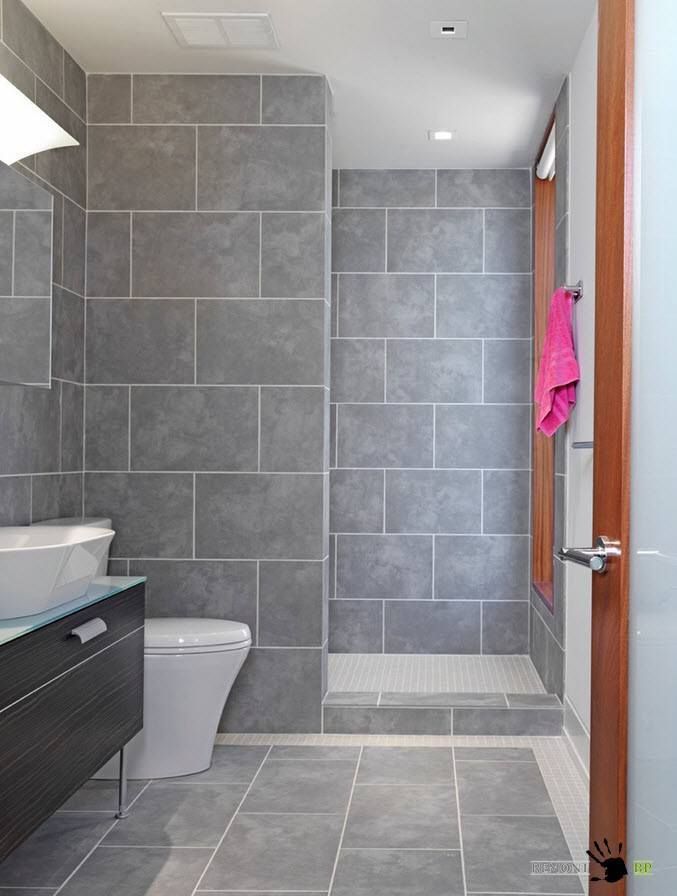
It is better to lay dark tiles on the floor, this color will be more practical and will last you for many years. A light tile in combination with a light grout will very quickly become inappropriate, and it will be almost impossible to wash off the dirt until it feels white. And also it is worth making a choice in favor of a matte finish. Gloss can wear off over time.
If you want to combine several colors yourself, we recommend choosing tiles from the same collection. A single series usually includes all the necessary elements for a complete bathroom wall cladding. nine0003
Correctly calculating how many packs to buy is not an easy task. After all, it may be that 2-3 elements are not enough for you, and this collection is no longer on sale, or vice versa, the remaining tiles will take up extra space. In such cases, you can calculate the approximate number of tiles, knowing the area of \u200b\u200bthe room and the size of the tiles. And you can calculate it with a construction calculator, you still need to add 7% -15% to the final result.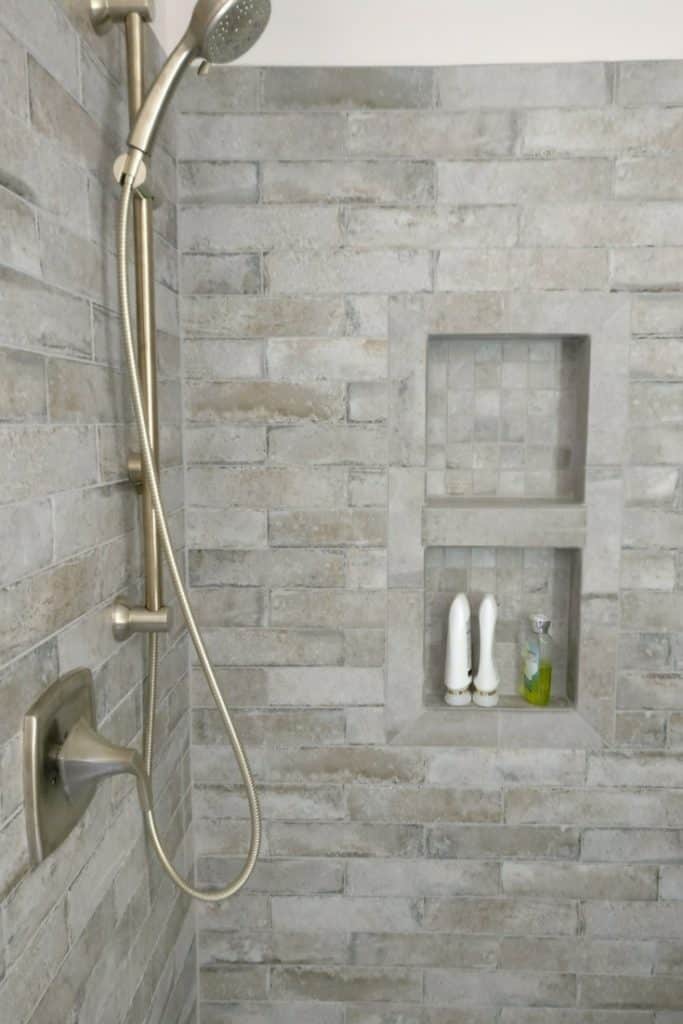
6 tips and 105 photos
Outside the window is 2019, and 95% of the tiles on sale are full of rubbish. Let's figure out what to look for when choosing the best bathroom tiles and which ones to avoid.
- How to choose tiles
- Choose a tile live
- It is better to choose matte and half -machine
- edge of a carved tile
- Gender, walls - ceramic
- Light than dark
tiles - What NOT to choose
How to choose a tile
Choose a tile live
The first thing to understand is that tiles cannot be selected from a photo on the Internet . Be sure to go to the shops and sort out the options locally. Be sure to touch everything with your hands - you can feel the texture tactilely.
Photos are transmitted only in color and size, and even then it is imperfect.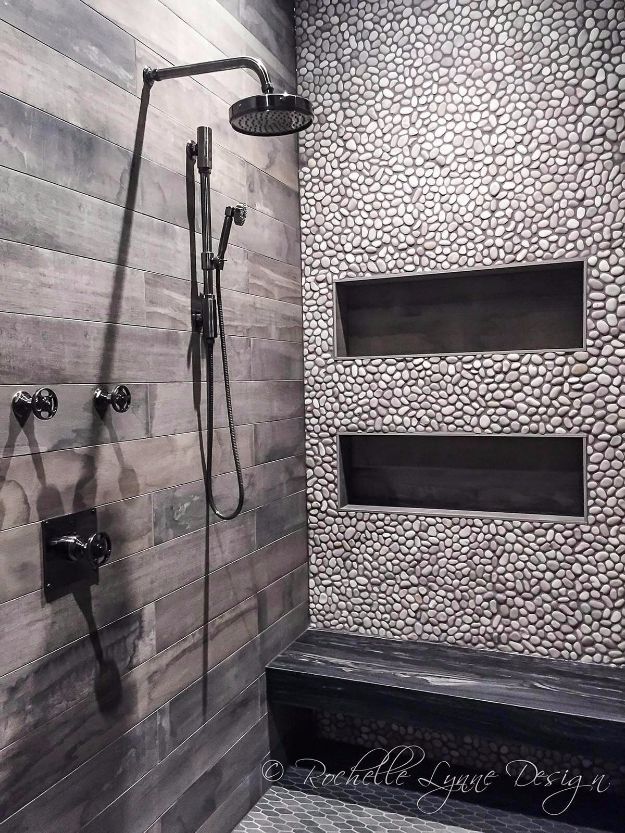 Texture, light reflection, geometry and edge type can only be evaluated in the store. There are several types of stands and not all of them are equally good. nine0003
Texture, light reflection, geometry and edge type can only be evaluated in the store. There are several types of stands and not all of them are equally good. nine0003
They are veneered as in reality (with tile adhesive and with grouting) only in expensive salons. An example of such a stand with Italian tiles is in the last photo. The usual one is glued to liquid nails without grout. And you can’t be deceived by such stands. the edges and what kind of seams will turn out on them is not clear. When choosing, pick up 2 separate tiles and check their geometry by applying them to each other with the front to the back. Should fit snugly without gaps or holes. nine0003
At first, just walk through several points taking pictures of your favorite samples with a price tag. The price range is very wide and you should never choose the first tile you like. And more:
Do not listen to the advice of sales assistants on appearance and design issues.
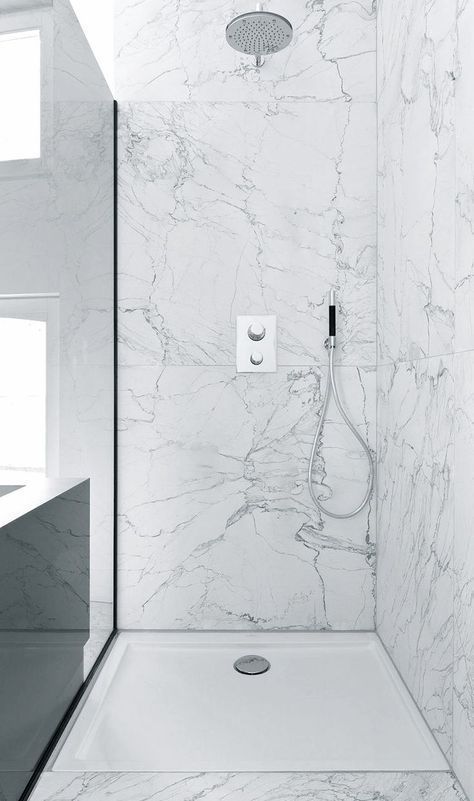
These people are neither builders nor designers; their taste and sense of beauty is not a requirement when hiring them. Therefore, their opinion and advice will be of a near-random quality, and may be biased by the desire to sell leftovers or expensive ones and in ~99% of cases suck borders and decors.
The coolest types of tiles (under concrete and wood) are very different and it is absolutely impossible to choose them from photographs.
It is better to choose matte and semi-matt
In terms of appearance and texture, a lot has already been said in the material about bathroom tiles, but it is important to repeat it here.
Matte and semi-gloss tiles look better, more expensive and more natural than glossy ones.
If someone tells you otherwise, then either this person has not seen enough finished bathrooms in person, or he has no taste. For a bunch of photos proving that matte tiles look cool, see articles about a loft-style bathroom and a Scandinavian-style bathroom. Wood, concrete, stone, travertine, metal, marble - materials that imitate tiles worthy of choice.
Wood, concrete, stone, travertine, metal, marble - materials that imitate tiles worthy of choice.
Naturalness is the basic idea of modern bathroom design.
We choose a finishing material and why should it be glossy at all? The idea does not come to paint the walls with glossy paint. Why, then, does it seem to some that it is necessary to paste over the walls of the bathroom with a glossy glazed incomprehensibly what?
Of course there are exceptions. Marble imitation and some other options for classic styles in gloss are fine.
Normal, but no more. Even under marble, expensive and cool samples do not come in pure gloss:
Still purely white and black tiles, white wild boar and mosaic:
CARE TOLE
Tiles of rectifiers (seamless) is tiles with exactly 90 degrees, thanks to the edge, thanks which after laying the seams seem much narrower.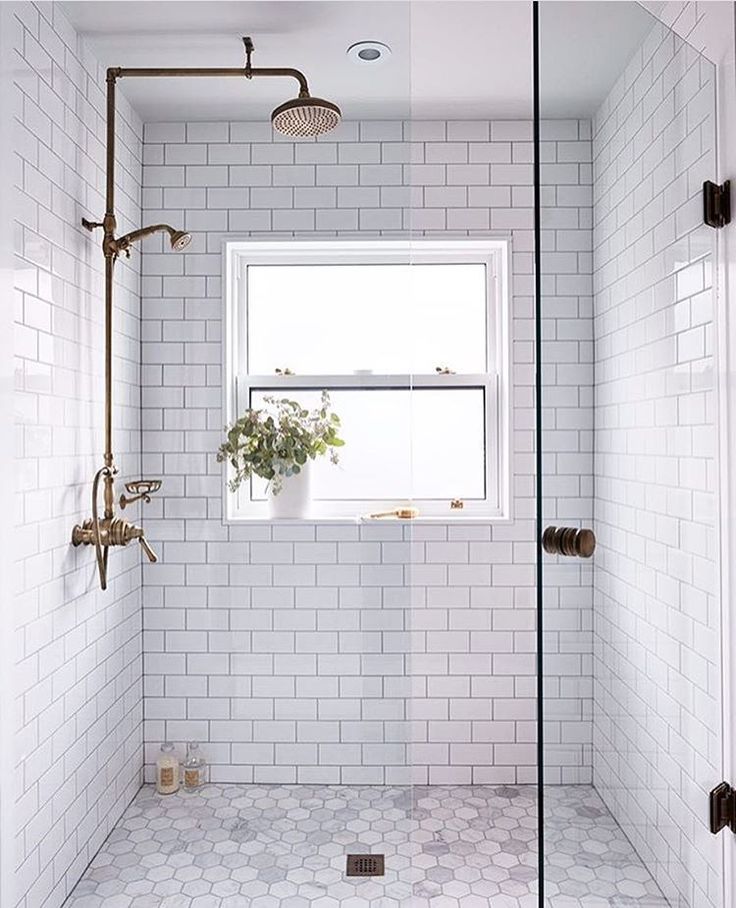 Previously, only very expensive brands had such an edge. Now even budget options often come across with a trimmed edge. And such a tile without options is better than usual. She does not have a single minus, and narrow seams look very cool. nine0003
Previously, only very expensive brands had such an edge. Now even budget options often come across with a trimmed edge. And such a tile without options is better than usual. She does not have a single minus, and narrow seams look very cool. nine0003
Here is an example with a good appearance, but where, due to the beveled glaze, the seams are visually huge. If it is so visible even in the photo, imagine how it looks in real life.
This may seem like a trifle, but firstly, the devil is in the details, and secondly, it is really important and affects the perception of the finished repair. Take a rectificate, choose the right grout color and the appearance of the bathroom will already be on a fundamentally different level. nine0003
Floor - porcelain stoneware, walls - ceramic
Usually, not ceramic tiles are laid on the floor, but porcelain stoneware. It is more solid and heavy. In appearance, it cannot be distinguished, although more often it imitates natural materials.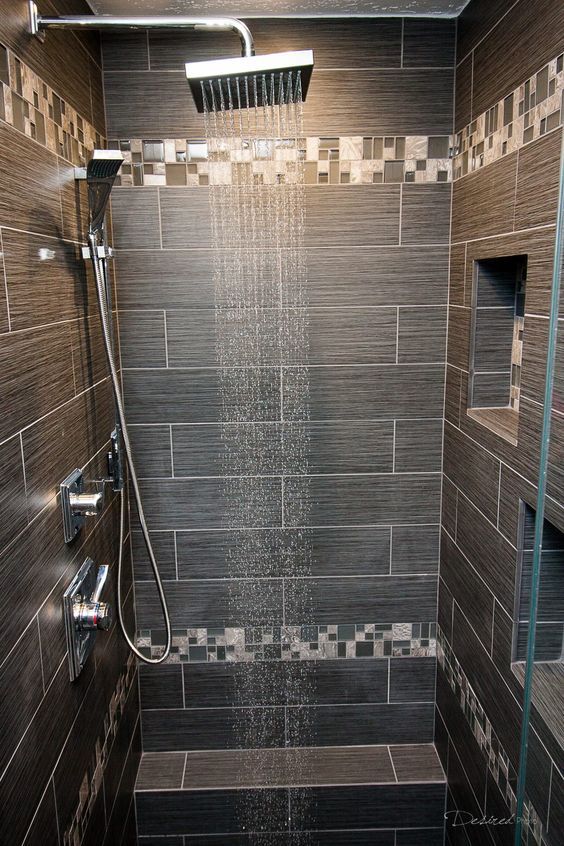 When it comes to choosing tiles for the bathroom, then you should not concentrate on this. Any tile designed for the floor will withstand the loads in the bathroom without problems.
When it comes to choosing tiles for the bathroom, then you should not concentrate on this. Any tile designed for the floor will withstand the loads in the bathroom without problems.
More interesting is when you like porcelain stoneware but want to use it on the bathroom wall. It is possible, but porcelain stoneware is much stronger and heavier, which is more of a minus than a plus for walls. To lay it on the wall, you need to use more crosses on the horizontal seams (a smaller amount will be pressed through by the mass and the horizontal seams will turn out to be narrower than the vertical ones). The second problem is durability. In the tiles on the wall, you have to cut technological holes for sockets, faucets, etc. It is possible to carve them in porcelain stoneware, but do not be surprised at the amounts that will be requested for this. In short, porcelain stoneware can be laid on the bathroom wall, but it is technologically more complicated and more expensive.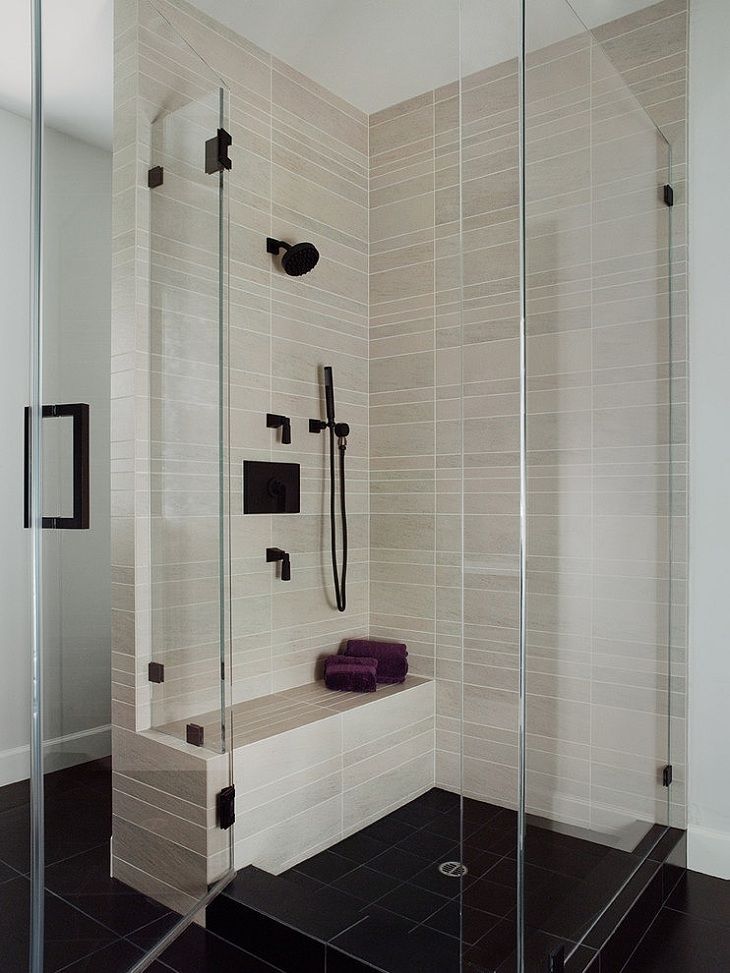 nine0003
nine0003
Read separately how to finish the bathroom with tiles - this is no less important.
Light is more practical than dark
If the rules above are followed, the choice of color for the bathroom is no longer so important. The main thing is that these should be natural colors, and not bright or acidic, it’s not clear what. In a color scheme from white to black and desaturated dirty shades of other colors, the bathroom will already look good.
This white tile better hides water splashes and plaque on the walls. Dark tiles will have to be rubbed much more often. white salt stains from dried water remain on it. The most practical color for bathroom tiles is grey. It can be very different and a combination of several types of different textures can get an interesting result:
Tile - finishing
The choice of bathroom tiles is the choice of finishing material, not the decor and the whole design. You can highlight some elements with color or patterns, but only pointwise and balanced.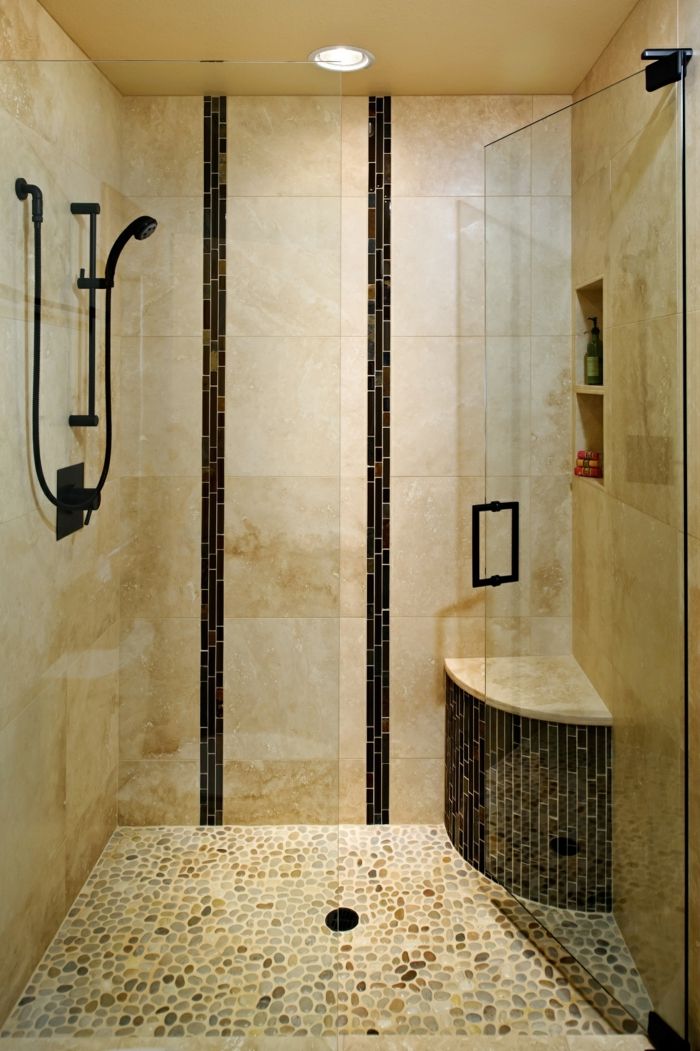 There is also plumbing, towels and lighting that gives a play of light and shadow. Hence the rule:
There is also plumbing, towels and lighting that gives a play of light and shadow. Hence the rule:
A single tile or wall should not be beautiful. We design the entire bathroom and simply choose the finishing material for it.
Here is a photo where the accent tile is chosen and used correctly:
And here they already decided that they needed to be smart with each wall and, as a result, expectedly went too far:
Square tiles for the bathroom can only be chosen in large sizes, starting from 60 × 60 centimeters. Smaller squares can only be taken for accent tiles with a pattern (patchwork, etc.). Smaller squares look obsolete. nine0003
There are exceptions when very small squares fit a certain style. But keep in mind that there are still too many seams.
2 to 1 aspect ratio is only suitable for very large tiles.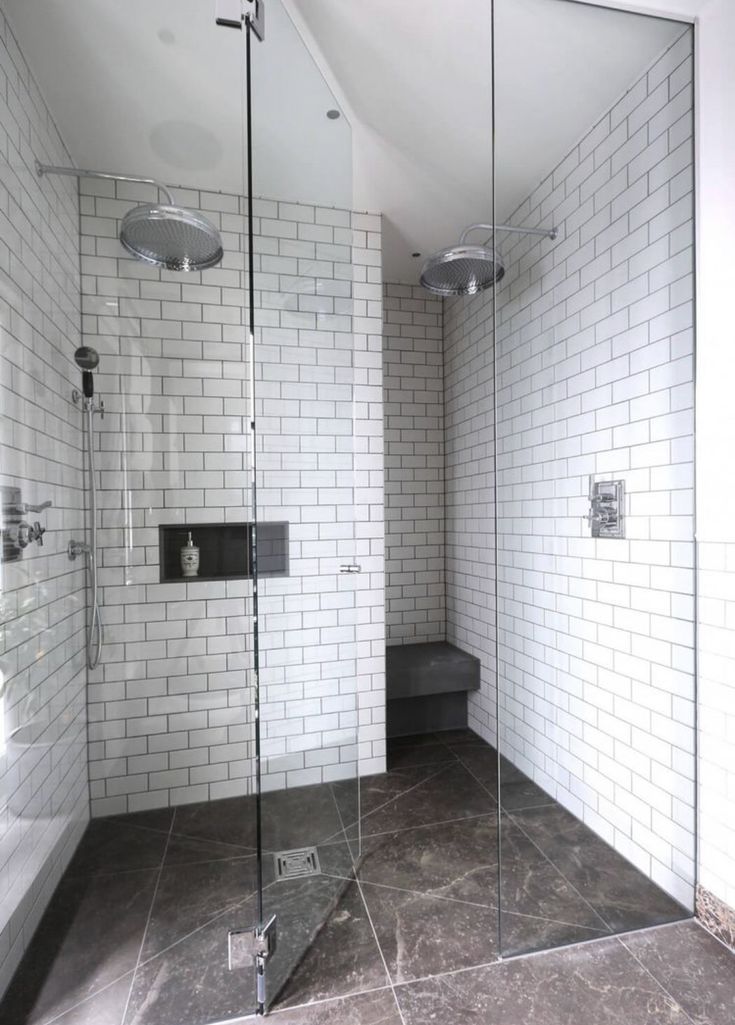 It is expensive and this is too rare a case that is not suitable for most bathrooms, so we will not dwell on it in more detail.
It is expensive and this is too rare a case that is not suitable for most bathrooms, so we will not dwell on it in more detail.
Almost all good budget options go 3+ to 1. Of course there are exceptions and expensive Spanish and Italian options are cool in any size. But if your budget does not exceed $ 20 / meter and you have a small bathroom, then it is better to pay attention to the 3 × 1 standard size. nine0003
That is why it is imperative to choose tiles live in the store, having a tape measure with you. And to combine different collections, you must measure it yourself and make sure that the dimensions match up to 1 mm. If this is not the case, let your tiler know. Experienced people can use crosses of different sizes when laying and combine the seams due to their different thicknesses. But this is additional work that is not always possible, and the master must agree.
The size must match the size of your bathroom. Large bathroom tiles always look cool on a large display, but think of them in the context of your bathroom's dimensions.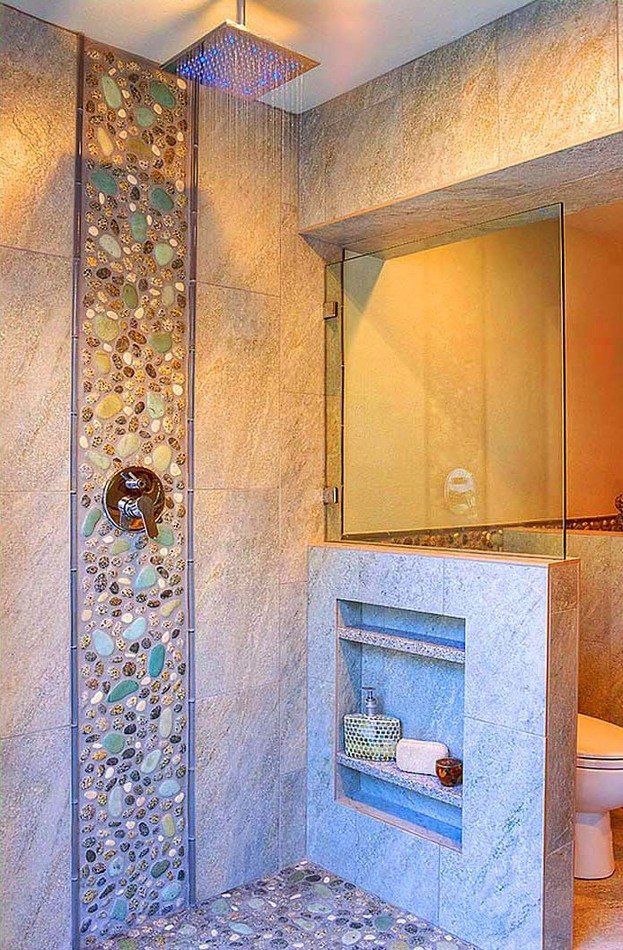 If less than 3 pieces lie down the entire length of the wall, then you should look at the options less. Standard 2+ tiles per wall. Given the size of our standard apartments, you can only walk around in a bathroom combined with a toilet. nine0003
If less than 3 pieces lie down the entire length of the wall, then you should look at the options less. Standard 2+ tiles per wall. Given the size of our standard apartments, you can only walk around in a bathroom combined with a toilet. nine0003
Which NOT to choose
Part of the tile on sale is just complete rubbish that shouldn't exist at all. But as long as there are people who for some reason choose her, she will continue to destroy their bathrooms. A list of lame options that should not be used under any circumstances. Photo first, reason below.
This is a clear illustration of why a small square tile is bad, and even one color. It looks outdated and outdated, but it is not classic either. This is initially a failed choice - it is categorically impossible to get a good appearance. nine0003
The one with a pattern in this size is normal, the main one is not good because too small. It is clear that this is 1 collection, but no one forbids us to combine.